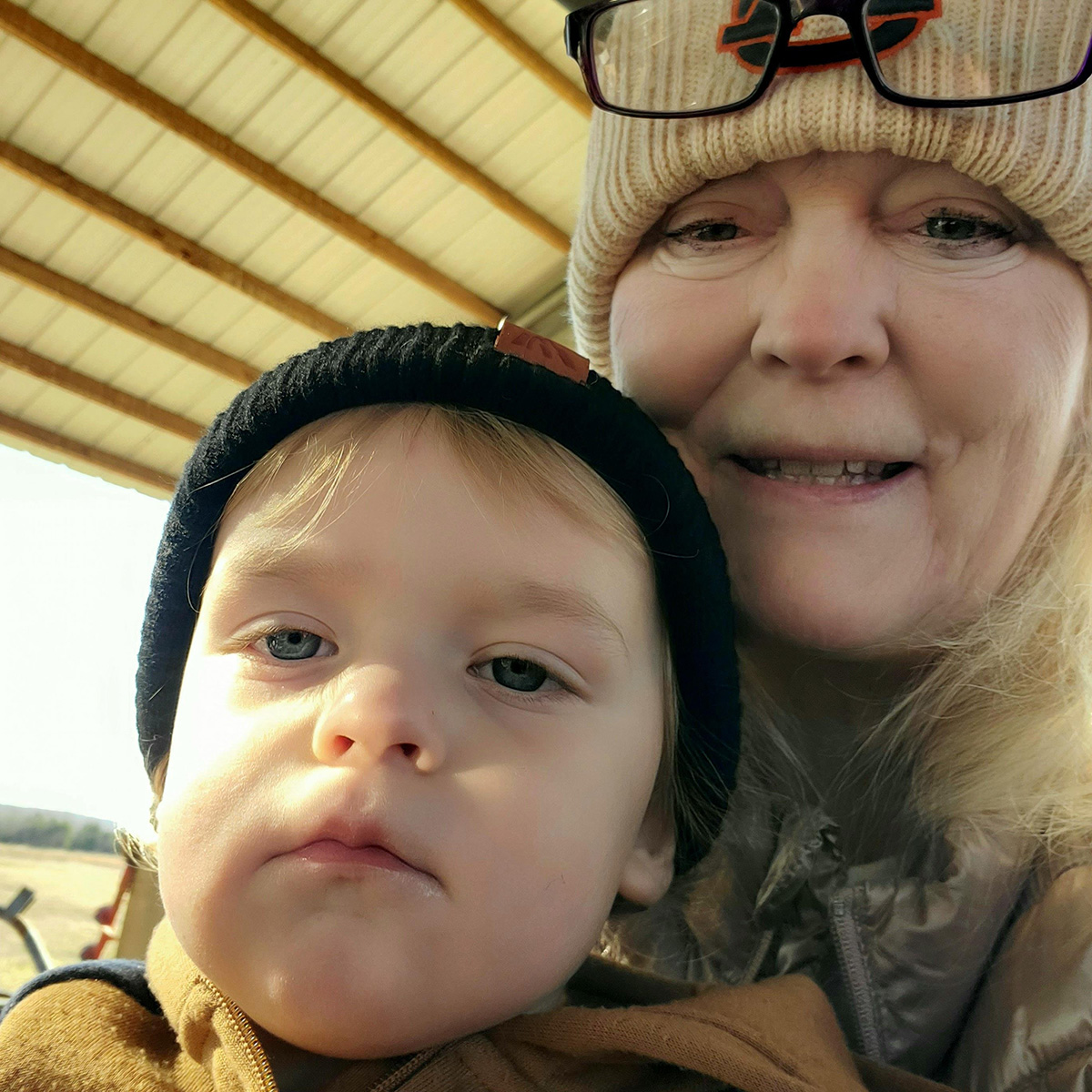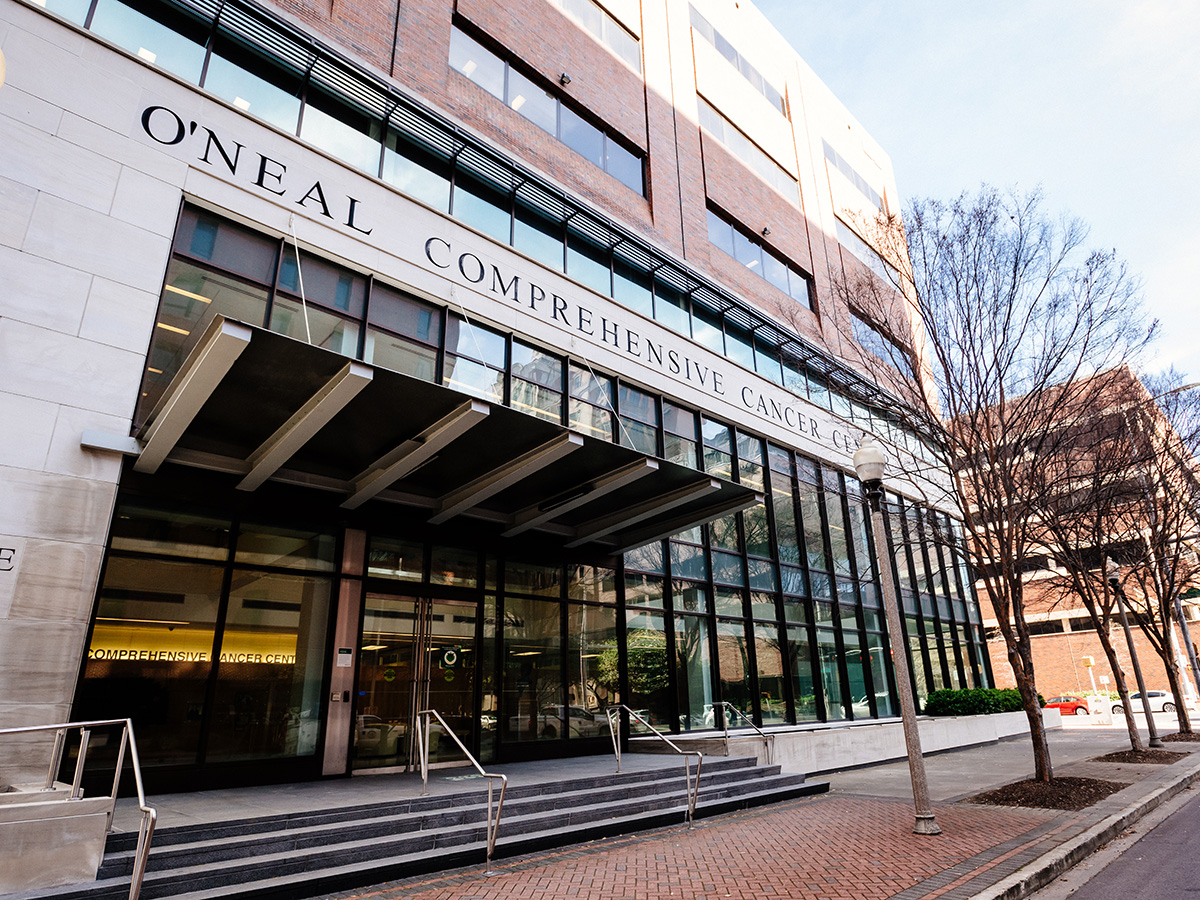 Lisa Green was playing outside with her two-year-old grandson, just one day after the procedure.When Lisa Green was first diagnosed with breast cancer, she was a mother of two young boys, facing the unimaginable. Determined to preserve a sense of normalcy for herself and her active family, she chose breast conservation therapy. After a lumpectomy, chemotherapy and radiation, Green emerged cancer-free for the next 25 years.
Lisa Green was playing outside with her two-year-old grandson, just one day after the procedure.When Lisa Green was first diagnosed with breast cancer, she was a mother of two young boys, facing the unimaginable. Determined to preserve a sense of normalcy for herself and her active family, she chose breast conservation therapy. After a lumpectomy, chemotherapy and radiation, Green emerged cancer-free for the next 25 years.
When cancer returned last year, it did so in a very different chapter of her life. This time, a rare stage IV sarcoma complicated her breast cancer. She now faced a difficult decision regarding surgical management.
“Surgery would require me to be off the sarcoma medication for at least a month to heal,” Green said.
Green knew that pausing her sarcoma medication could lead to several potential consequences, including tumor growth, spread and increased risk of recurrence. With these concerns in mind, Green began to do extensive research. Through a social media group for people with sarcoma, she first learned from a physician about cryoablation treatment for cancer — a minimally invasive technique that uses targeted rapid freezing and thawing to kill cancerous cells. Some of the benefits of cryoablation include a shorter wait time for treatment, no overnight stays in the hospital, no sedation, lower cost, less scarring and shorter recovery time. Most importantly, Green would be able to continue her sarcoma treatment.
When she brought up cryoablation to her medical oncologist at the University of Alabama at Birmingham O’Neal Comprehensive Cancer Center, Mauricio Escobar, M.D., referred her to radiologist and chief of breast imaging at UAB, Stefanie Woodard, D.O.
Planting the seeds
For the past several years, Woodard and the interdisciplinary breast cancer team had been working behind the scenes to bring cryoablation for breast cancer to UAB Medicine. Radiologists, who are trained to analyze medical images, are well-suited to perform minimally invasive image-guided procedures such as cryoablation. For breast cancer cryoablation, ultrasound is used to guide a needle to the site of the cancer, making it possible to treat the area with precision and without the need for large incisions.
“UAB Medicine strives to be at the forefront of cancer research and the newest innovations in breast cancer care,” Woodard said. “While surgery is still the gold standard of care for breast cancer treatment, cryoablation is becoming more common and is being performed for breast cancer patients across the U.S. While cryoablation is not for every patient, this now offers eligible patients a minimally invasive option to treat their breast cancer.”
Woodard stresses that this treatment is not new. Cryoablation for breast cancer began as early as the 1960s for palliative intent. In the mid-1980s, breast cancer cryoablation was investigated as a potential cure.
“Collecting data to prove safety and efficacy takes much time, and it has only been recently that larger-scale studies have shown that cryoablation is capable of achieving results similar to the standard of care, which is surgery,” Woodard said.
 Benefits of the cryoablation program include a shorter wait time for treatment, no overnight stays in the hospital, no sedation, lower costs, less scarring and shorter recovery time.Freeze and thaw
Benefits of the cryoablation program include a shorter wait time for treatment, no overnight stays in the hospital, no sedation, lower costs, less scarring and shorter recovery time.Freeze and thaw
On the first full day of spring, Green arrived at UAB with her husband by her side. For the procedure, Green was positioned on her back in a bed, much as she had been for her ultrasound-guided biopsy a few weeks prior. The first step was the application of local anesthesia using a small injection to numb the skin and the underlying breast tissue. Green, awake and comfortable, engaged with the medical staff for the entire procedure. Woodard then inserted a needle, similar in size to that used for a biopsy, carefully guiding it toward the cancer in Green’s breast using ultrasound for visualization. A few cycles of freezing and thawing followed to kill the cancerous cells. After 40 minutes, her procedure was complete.
“Easy,” Green said. “I felt great. I was playing outside with my 2-year-old grandson just one day after the procedure.”
Patients who are wondering whether they are candidates for this type of treatment can request referral to the interdisciplinary breast cancer team at UAB.
“At UAB, we believe in comprehensive care,” Woodard said. “Breast cancer patients will remain assessed and followed by our interdisciplinary breast cancer team.”
Patients who are suitable for cryoablation are typically 60 years or older with less aggressive invasive breast cancers that are 1.5 centimeters or smaller. The team will perform an evaluation to determine whether an individual patient would be an appropriate candidate for the procedure. If the case appears to be suitable for cryoablation, the procedure will be scheduled as an outpatient appointment at The Kirklin Clinic at UAB Hospital.
Green credits the online support groups for being especially helpful for finding what doctors do for treatment and ideas for lifestyle adjustments.
“Second opinions are important,” Green said. “Prepare by knowing something about your cancer. Do your own research so you can ask your doctors good, hard questions.”
But most importantly, she says, live your life. Green says her faith and relationship with God renew her. She is looking forward to planting a new garden and traveling with her husband.
“I don’t want to live in dread of death, but to live life to the fullest extent of happiness and joy,” Green said.
The UAB O’Neal Comprehensive Cancer Center is Alabama’s only National Cancer Institute-designated comprehensive cancer center.